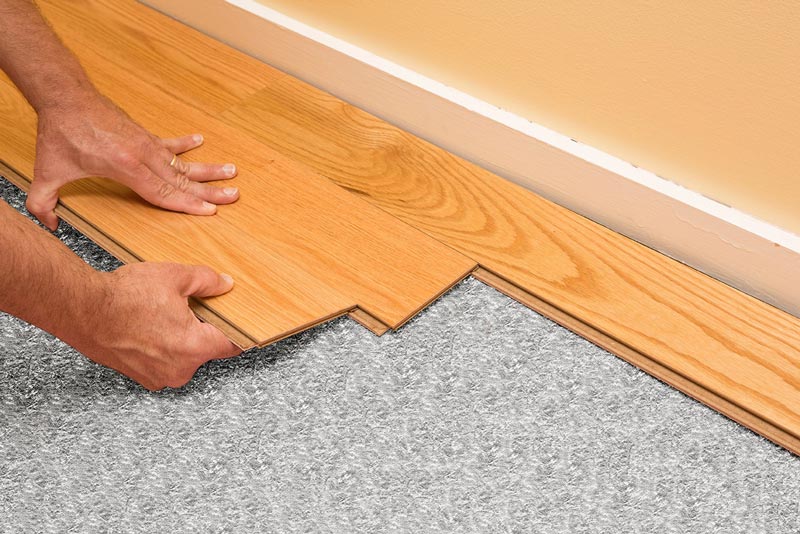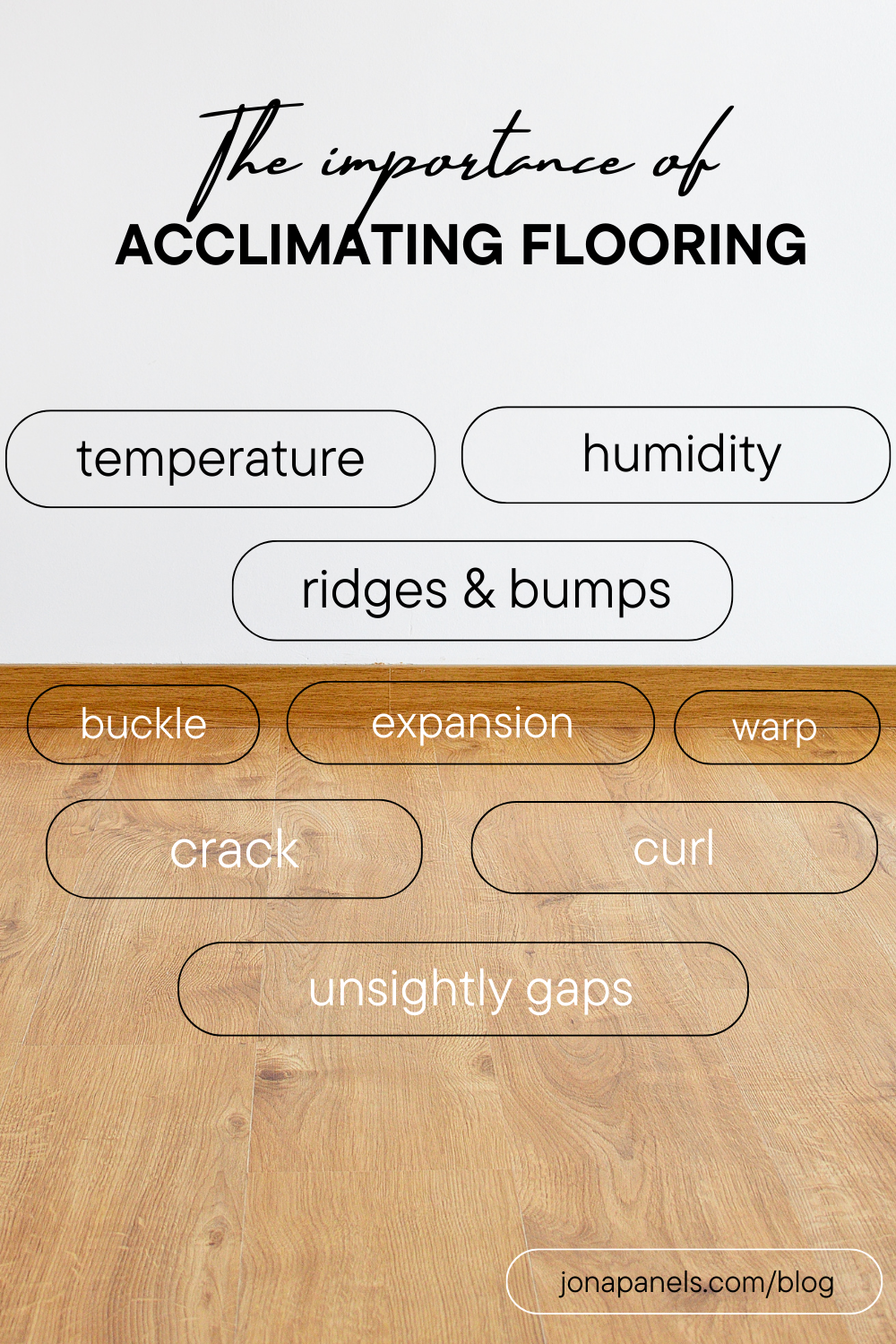
Acclimating flooring before installation is an essential process that cannot be skipped. It is a step that helps ensure that your new flooring will fit correctly and maintain its appearance and durability over time. In this blog post, we will explore the reasons why acclimating flooring is so important and discuss some of the different types of flooring that require acclimation.
Why Acclimate Flooring?
When it comes to flooring, temperature and humidity are critical factors to consider. Any type of flooring can be affected by changes in temperature and humidity levels, and as a result, it is essential to acclimate flooring to its new environment before installation. Acclimation allows flooring to adjust to the conditions of the installation site, ensuring that it remains stable and functional throughout its lifespan.
If you skip the acclimation process, you may experience several problems with your new flooring. For instance, some types of flooring may shrink, buckle, or warp, while others may expand and develop bumps or ridges. In addition, some flooring may crack, curl, or develop gaps between the planks or tiles. These problems are not only unsightly but also can cause safety hazards if left unaddressed.
How to Acclimate Flooring
The process of acclimating flooring depends on the type of flooring you have chosen. However, in general, you should follow these steps:
- Bring the flooring into the room where it will be installed.
- Open the boxes or containers and remove any plastic wrapping or packaging.
- Stack the flooring in the installation area, preferably in a way that allows air to circulate around the planks or tiles.
- Leave the flooring to acclimate for at least 48 hours or as directed by the manufacturer.
During the acclimation period, you should monitor the temperature and humidity levels in the room to ensure they remain consistent. It is also crucial to note that some types of flooring may require longer acclimation periods, depending on the manufacturer’s instructions and the humidity levels of the installation site.
Types of Flooring that Require Acclimation
-
Hardwood Flooring
Hardwood flooring is a popular choice for homeowners who want a natural, durable, and elegant flooring option. However, hardwood flooring is also sensitive to changes in humidity and temperature levels. As a result, hardwood flooring requires acclimation before installation to prevent warping, cracking, or splitting. The acclimation process for hardwood flooring typically takes between 2-5 days.
-
Laminate Flooring
Laminate flooring is a synthetic flooring option that mimics the look of hardwood or tile flooring. It is an affordable, easy-to-install, and durable flooring option. However, laminate flooring is also prone to swelling or buckling if not acclimated correctly. The acclimation process for laminate flooring usually takes between 24-48 hours.
-
Vinyl Flooring
Vinyl flooring is a synthetic flooring option that comes in sheets, tiles, or planks. It is a waterproof, durable, and easy-to-clean flooring option that is perfect for high-traffic areas. However, vinyl flooring can shrink or curl if not acclimated correctly. The acclimation process for vinyl flooring typically takes between 24-48 hours.
-
Engineered Wood Flooring
Engineered wood flooring is a hybrid flooring option that consists of a hardwood veneer on top of a plywood base. It is a durable, stable, and versatile flooring option that is perfect for humid or damp environments. However, engineered wood flooring also requires acclimation before installation to prevent warping or cupping. The acclimation process for engineered wood flooring typically takes between 2-5 days.
Pin this for later


